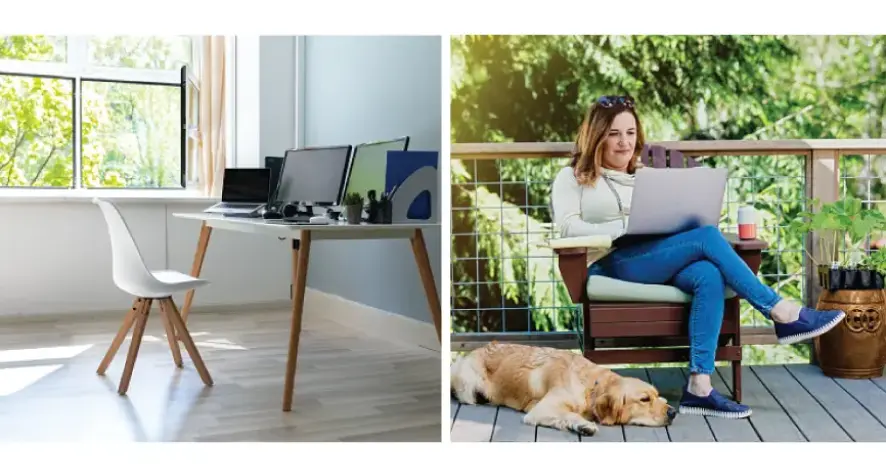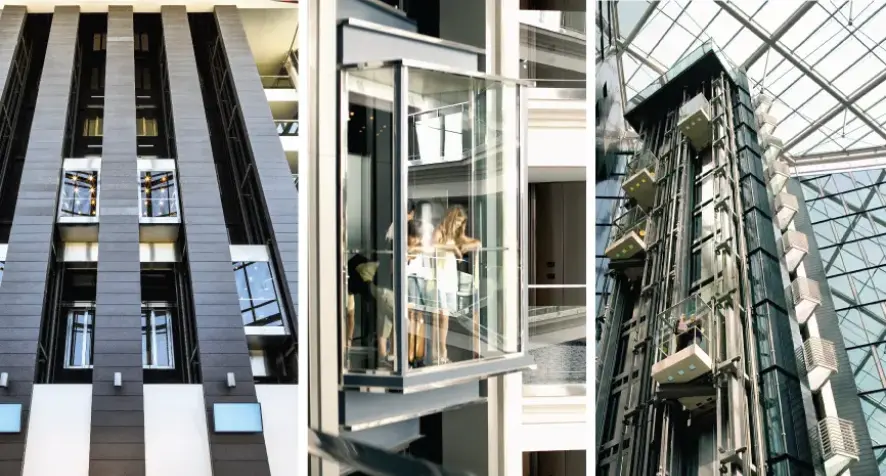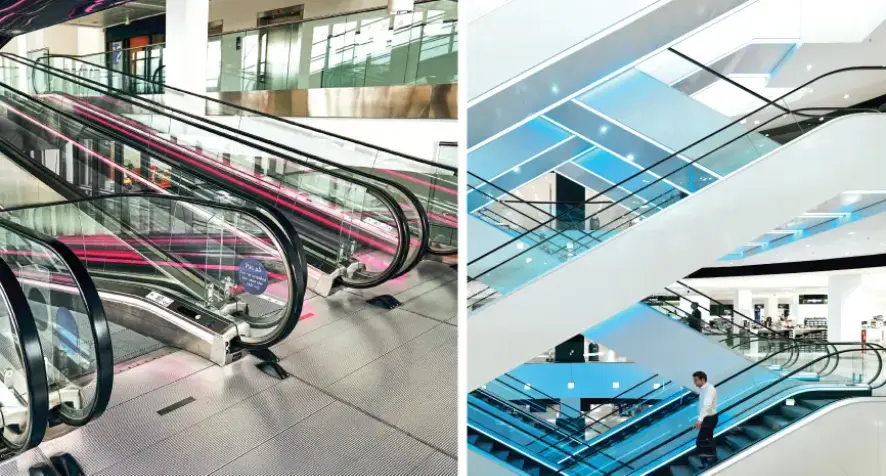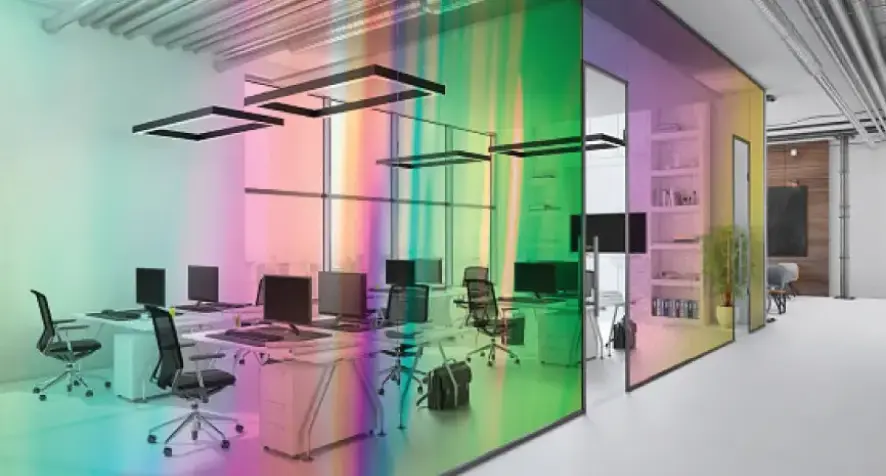Change is Good: The Power of Non-Rhythmic Sensory Stimulation
by David Gerson, Director of Marketing, TK Elevator, August 2021
Zoos across the world increasingly measure and monitor the psychological well-being of their animals. Based on this research, they have devised environmental enrichment techniques to provide anti-depressive and stress-reducing mental stimulation.
In 2020, a year of social distancing and working from home, I grew to appreciate the luxury of changing my view every few hours. I mixed my days up, sometimes working outside on my deck, at the kitchen table or looking out onto my yard through the two big windows on either side of my office. These spirit-lifting micro-breaks and changes restored my brain and body for the day ahead.

We know change is good for us, so why do so many of our human habitats remain static? Most commercial building environments never vary. It's the same shapes, sounds, smells and colors day after day.
Long hours in stagnant environments without proper mental stimulation are dull and draining. Offices inadvertently create extreme mental stress, an inability to perform regular tasks and irritability.1

If we want to design spaces to inspire optimal stimulation for creativity, productivity and perceived well-being, we should look to nature and the evidence-based strategies of Biophilic Design. Simply stated, Biophilic Design improves well-being in living and working spaces through the innate human connection to nature and natural processes.2
Non-Rhythmic Sensory Stimulation is a Biophilic Design principle that counteracts directed attention fatigue. Non-Rhythmic Sensory Stimuli make occupants feel momentarily privy to something fresh, interesting, stimulating, energizing and special. The space provides a brief but welcome distraction with exposure to “unpredictable movement, particularly for periphery vision or the periodic experience of scents or sounds."3
There are several ways designers and architects can add movement to traditional building environments. Here are some of my favorites:
Exposed elevators within buildings
Exposed elevators bring buildings to life with dynamic movement. The Mercedes-Benz Museum in Munich, St Botolph Building in London and the Westin Hotel in Atlanta create kinetic art that brings joy and wonder to their atriums.

Water features
Gently flowing water sounds extremely pleasing to the human ear. We can go weeks without food but less than 72 hours without water. The soothing sensations of a well-placed water feature can also improve air temperature and humidity. Nearby water feels and sounds inherently satisfying.

Ambient lighting
As LED lighting costs have dropped, accent illumination can enhance signage, art and even escalators. Not only do these lights convey meaning, but they communicate emotions and change the energy of a space.

Dichroic glass
Dichroic glass films are one of my personal favorites. These added layers transform standard glass panes with a range of colors that change throughout the day based on light conditions and viewing angles.

These examples don’t merely improve office aesthetics. All the major evidence-based sustainability and well-being certifications such as LEED, WELL, Living Building and Fitwel incorporate elements of Biophilic Design in their standards. Now more than ever, I hope spaces incorporate Biophilic Design and Non-Rhythmic Sensory Stimulation for our collective health and well-being in the years ahead.
1“Directed Attention Fatigue,” Psychology Wiki, https://psychology.wikia.org/wiki/Directed_attention_fatigue.
2“Biophilic Design – Connecting with Nature to Improve Health and Well Being,” Oliver Heath Design, https://www.oliverheath.com/biophilic-design-connecting-nature-improve-health-well.
3William Browning, Catherine Ryan and Joseph Clancy, “Non-Rhythmic Sensory Stimuli” in 14 Patterns of Biophilic Design (New York: Terrapin Bright Green, 2014): accessed July 28, 2021, https://www.terrapinbrightgreen.com/reports/14-patterns/#non-rhythmic-sensory-stimuli.
 United States
United States

